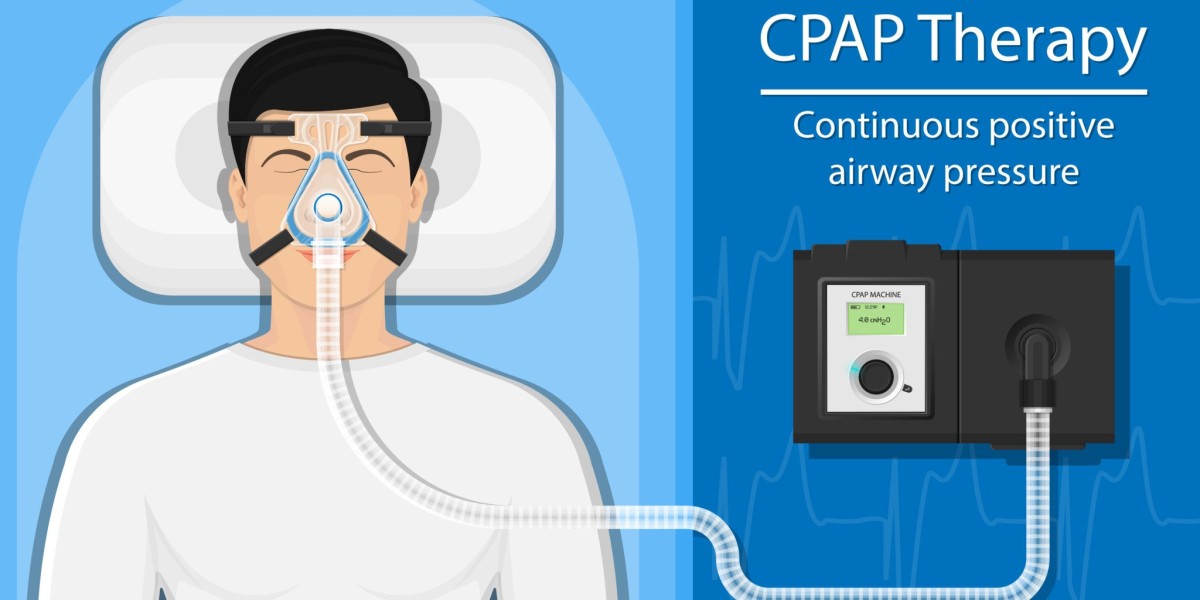In Virginia, protective orders serve as a crucial legal tool to safeguard individuals facing threats, harassment, or violence. Understanding the intricacies of protective orders is essential for those seeking protection and for the broader community. This article provides insights into protective orders in Virginia, shedding light on their purpose, types, and the legal processes involved.
Purpose of Protective Orders:
Protective orders, also known as restraining orders, are legal documents issued by the court to protect individuals from harm or harassment. In Virginia, these orders are designed to provide immediate relief to those facing imminent danger, particularly in cases involving domestic violence, stalking, or other threatening behaviors.
Types of Protective Orders in Virginia:
Emergency Protective Orders (EPO):
- EPOs are often issued by law enforcement officers at the scene of an incident. They provide immediate protection for a short duration, typically 72 hours, allowing the affected individual time to seek a more permanent solution.
Preliminary Protective Orders (PPO):
- PPOs are issued by a judge and offer protection for up to 15 days. They are commonly sought when the petitioner requires more time to prepare for a full hearing on a long-term protective order.
Permanent Protective Orders:
- Long-term protective orders are issued after a full hearing where both parties present their cases. If granted, these orders can last up to two years, with the possibility of extension under certain circumstances.
Process of Obtaining a Protective Order:
Filing a Petition:
- The process begins with the filing of a petition by the individual seeking protection. Detailed information about the alleged incidents and evidence supporting the need for protection must be provided.
Court Hearing:
- A court hearing is scheduled, during which the petitioner presents their case. The judge evaluates the evidence and may issue a temporary protective order if immediate protection is necessary.
Full Hearing:
- A subsequent full hearing is scheduled, allowing both parties to present their cases. The judge decides whether to issue a permanent protective order based on the evidence presented.
Violation and Consequences:
Violation of a protective orders in Virginia is a serious offense, carrying potential legal consequences such as fines, imprisonment, or both. Strict adherence to the terms outlined in the order is crucial for all parties involved.
Conclusion:
Protective orders play a vital role in ensuring the safety and well-being of individuals facing threats in Virginia. Understanding the types of orders, the legal processes involved, and the consequences of violation is essential for both petitioners seeking protection and respondents navigating the legal system. Through the issuance and enforcement of protective orders, Virginia aims to empower individuals to live free from fear and harassment, fostering a safer community for all.






